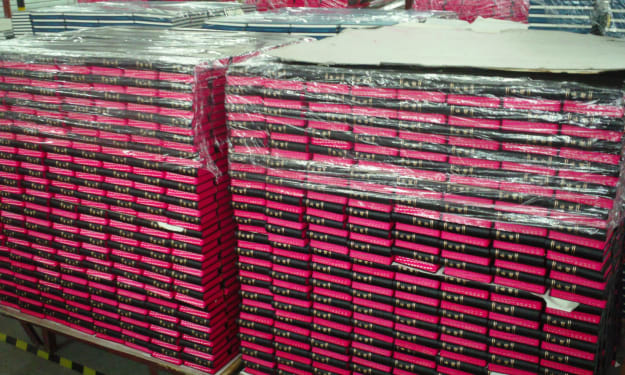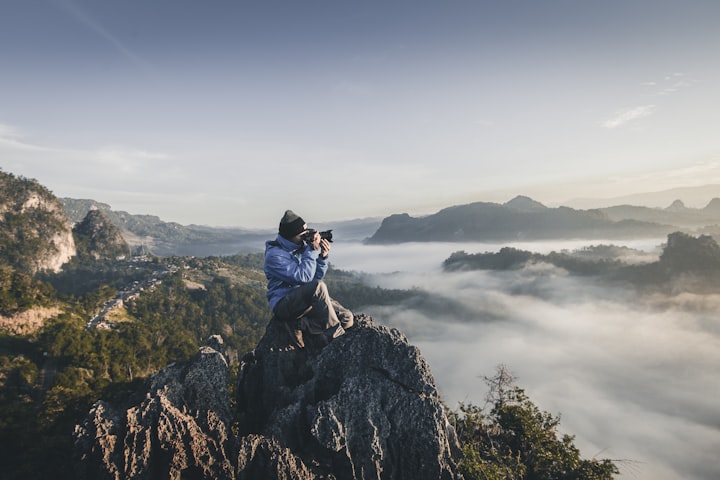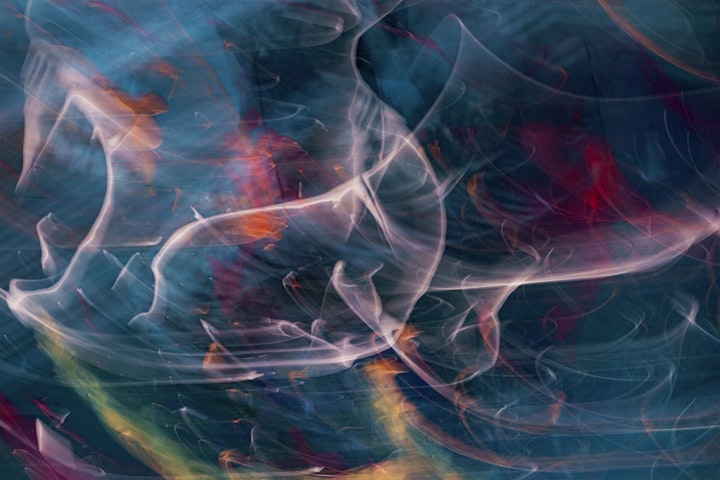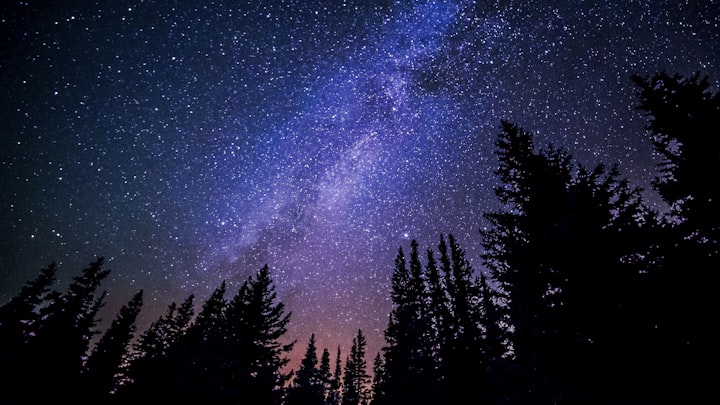
It was a mess. I hadn’t realized how much of a mess until I turned on the lights. I’d been there all night, working straight through until the sun started to bleach the horizon. But of course I couldn’t know that: the room had no windows.
It was a long time ago. My grandkids ask me, “Grampa, tell us about how you used to get a photo.” And then began a long story.
I was working at Eastman Kodak. It was a huge factory and development site in Rochester, New York. 40,000 people. It’s all gone now. Sad. But anyway, I’d ride my bicycle there every workday and go through the gate with everyone else, each of hundreds of people showing their ID badges on the way in – and on the way out, if I remember correctly. I’d put in a good day’s work and then most days head for home. Or to my second job, again riding my bicycle.
One day a week, though, I’d stay at Kodak, walking with my bicycle over to the Community Building for a few hours of free use of their Darkroom Lab. For roll of film from my camera it would take me an entire night to come out with a few decent photos to mount in frames or scrapbooks.
I’d launch into my story, sometimes with props, sometimes just with hand-waving...
The first step was to unroll the film from its little yellow canister. I had to do this in complete darkness so as to not fog the film. The plastic strip had to be mounted into the reel so that no surface touched any other surface. You wouldn’t want that one, best shot from the wedding to be ruined by touching the film of a shot a few minutes later! When it was completely wound into the canister, then and only then could you turn on the lights.
Then the chemicals were poured in, the timer set, the chemicals poured out, another one poured in, and so on. Step after step, everything just right, you couldn’t know until you were done that you’d done it correctly. And this was with black-and-white film.
“What’s ‘black-and-white’, Grampa?”
Yes, this question is asked every time I tell the story. Well, kids, back when I was younger there was no color in the world. There was only white, black, and grey in between. I’d then pause and wait for their laughs or groans. (Apologies to Calvin and Hobbes for this characterization of the deep past!)
Seriously, I’d try to explain that I’d used a kind of film (I’d already explained what ‘film’ was) that saved the picture in only black and white and grey. Making pictures from that was a lot easier and cheaper than the color stuff.
But, back to the story.
The canister could be opened when the chemical part was finished. The long, long strip of film would then be hung on a string to dry. When it was dry some minutes later, you could hold it in your fingers and put it up to a light. Each picture was a tiny square image, but the bright spots in the picture were dark and the dim spots were bright. I had a black face and white hair! What was going on?
If I had time at this point, I’d grab a piece of paper and a marker and make a sketch of a face and hair. The kids would laugh this time because they’d look from the sketch to me and cry out, “Grampa, you do have white hair!”
On to the next part.
To make a print of one picture, you had to put the film into the Enlarger. This was a machine with a bright light inside and an adjustable lens to make a focused image on the desk. Yes, it could be in or out of focus. That was very important: to get the image in focus. (If I had time I would bring out the binoculars I’d brought along and show the kids how “in focus” and “out of focus” worked. They were enthralled because they had no other context for these terms. Of course they looked at each other’s faces in the binoculars and laughed and played around. Then I’d try to draw them back to finish the story…)
With the film in the Enlarger, you would turn off the lights again. This time you didn’t have to be in complete darkness, but could have a dim, red light bulb on. That was really a good deal, because there was a lot of work still to do to make that final photo print. I would take a sheet of photo paper out of the sealed envelope and place it below the Enlarger. Then I would get ready to count off the seconds. The longer the Enlarger’s light was shining on the photo paper, the darker would be the final picture. Too long, and it would be just a black square. Too short, and the images would be too dim to see.
I would click the switch to ‘On’, and start counting: one one-thousand, two one-thousand, three one-thousand, …” then click the switch to ‘Off’. That was probably the toughest part of the whole process, because for each sheet of photo paper, you only had one chance. (It was very nice of Kodak in this Darkroom Lab to provide all the paper for free to members like me. Actually, they shipped in boxes of paper which were close to their expiration date, so everyone was happy.)
With the Enlarger off, and the dim, red light still on, I would then pour some of the Developer into the first tray. The Developer was a strong chemical that made the image appear on the paper. You had to put enough in the tray so that the paper would be covered when you put it in, but not too much chemical because after a few sheets of paper you needed to pour it out and refill with new chemical.
Into the second tray I would then pour some of the Stop Bath chemical. This stuff made the Developer stop developing the image. It was tricky work. When telling the story, I would mime the pouring of the chemicals, making distraught faces all the time and “almost spilling” the stuff, so that the kids giggled.
“And this was when I must have made the mess,” I would admit to them. “Remember how I told you at the beginning that it was a terrible mess?” Of course the kids remembered, since they loved to make a terrible mess every day!
I would then take the photo paper and place it into the Developer. I’d use tongs, like the ones Grammie uses for salad, so that my fingers didn’t touch the Developer. That might have made them turn black! As the paper sat at the bottom of the Developer, I could see the image slowly appear. At first it was like a ghost, dim and grey. Then it got darker and sharper, until I could see all the people from the wedding, or the petals of the flower, or the outline of the mountain ridge. When the time was up, I’d pull the paper from the Developer with the tongs and slide it into the Stop Bath tray. I had to be careful to not slosh out the chemicals. A few seconds in the Stop Bath and the photo would be done! Finally, I’d hang the paper on a string with a couple of clips to let it dry.
When all done, the chemicals had to be poured into bottles to later be thrown away. Only then could I turn on the lights.
And that was to make one picture! “Sound like fun? I could make big pictures and small pictures, too! And it was fun, being all alone in that little room all night long. And I would have photo prints in my hand in less than one day!”
The kids sat there dumbfounded. Then they ran off to do something – anything – more interesting than listening to an old man tell stories from the Stone Age.
Copyright 2021 by William Altmann, all rights reserved.
About the Creator
William Altmann
I've been an engineer. It's provided me with travel to many places and stories of people. That, with my passion for history, have given me many stories to write. And I do love to tell stories! I have written 17 books since early 2020.






Comments
There are no comments for this story
Be the first to respond and start the conversation.